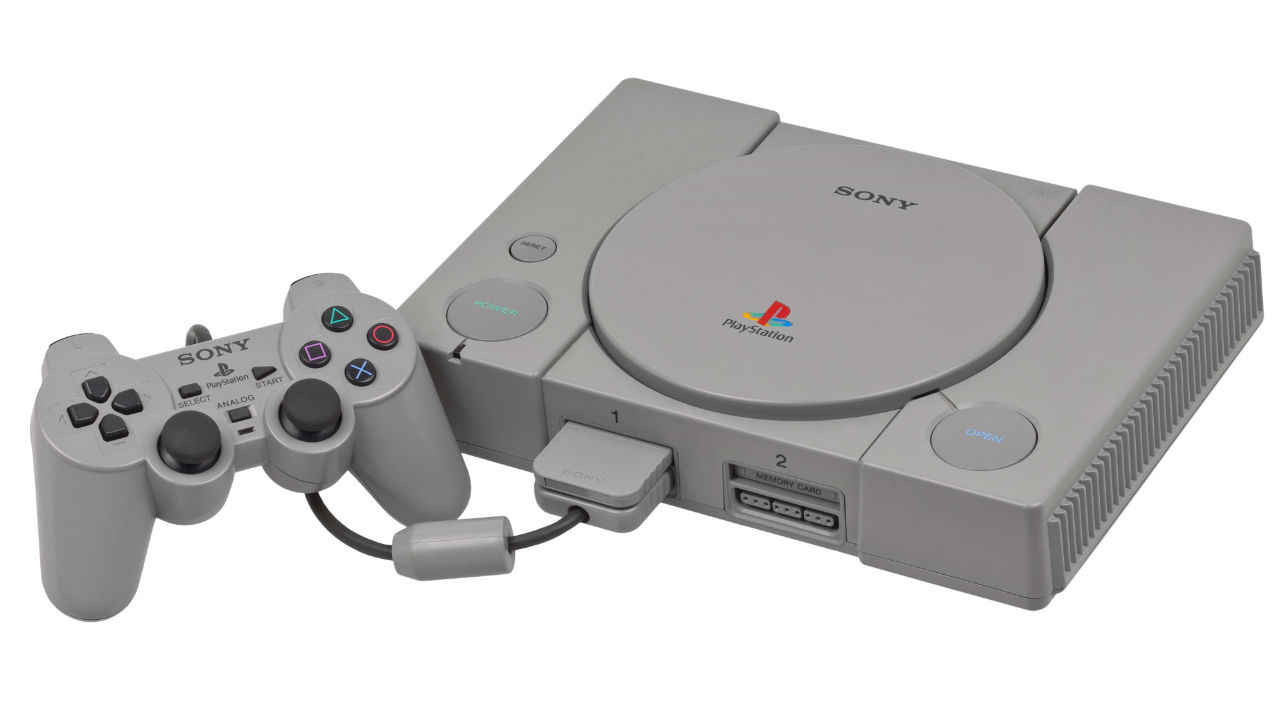The PlayStation turns 25 today: Here are 20 fun facts about Sony’s first gaming console
The original PlayStation was launched back on December 3, 1994 in Japan.
The console became the first ever home console to surpass 100 million units sold globally.
In 2020, Sony is going to launch the 5th edition of the PlayStation.

PlayStation may be a household name in the world of console gaming today but back in the 90’s the biggest name in console gaming was Nintendo. The company was riding on the success of the NES and the SNES. But, the birth of the PlayStation is a story in itself. Nintendo and Sony were partnering for a CD accessory for Nintendo’s console. Sony went on stage at CES and announced the partnership and the very next day Nintendo went on stage and said that they were not partnering with Sony but Philips instead for the CD attachment. Leaving Sony at the altar doesn't seem like such a good idea today, but back then, Nintendo was a big name in gaming and Sony wasn't even in the business. One thing led to another, and the rest, as they say, is history. Sony has dethroned Nintendo as the king of home consoles. Nintendo however, still has a dominant place in the handheld gaming market. Today, on the 25th birthday of the PlayStation 1, let's take a look at 20 facts about Sony’s gaming console. The original PlayStation sold 100,000 units in Japan on its first day.
 Survey
Survey-
It was also the first-ever home console to surpass 100 million units sold globally.
-
Production for the PS1 ceased in 2004 giving it a decade on store shelves
-
Even though production of the console stopped in 2004, games for the system were available until 2006.
-
Gran Turismo is the best-selling game for the PS1 with 10.85 million units sold.
-
The original controller that launched with the console didn't have analogue sticks. It was a feature added later and dubbed the DualShock controller.
-
Each of the symbols on the controller, the “O, Δ, X & □ all represent a function. The Δ refers to a viewpoint. The direction in which one is headed. The □ refers to a piece of paper representing menus. The O and X represent ‘yes’ or ‘no’. For the longest time, people referred to X as “X” but it is officially the cross button.
-
The original PS1 discs have a black base. But there was no special value or feature to the black base of the disc.
-
At E3 1995, Sony went on stage and won the show with one word – “$299”. The Sega Saturn went on sale at $399 and you know which console ended up winning space in households. The $100 price difference was one of the reasons the PS4 got a head start over the Xbox One as well.
-
PlayStation kicked off the trend of a slim version of the console. The PS1 saw changes over the years rearranging and removing some io ports and chips. Apart from the original size, in the year 2000, a smaller "slim" version of the console was launched. We have seen the same trend with the PS2, PS3 and PS4. Other console makers have also followed this trend.
-
The CD was one of the biggest advantages the PS1 had over the competition. While the content on a cartridge loaded faster on the console, the CD gave developers a whopping 650MB of space. May not look like a lot today, but back in the day, a game cartridge had roughly 12MB-15MB of space. Despite this, Metal Gear Solid was a two-disc game.
-
The CD was also one of the reasons why a franchise like Final Fantasy jumped ship from Nintendo to Sony.
-
Crash Bandicoot became the PlayStation’s mascot. While Sony had a decent portfolio of platforming games with cute characters including Spyro the Dragon, it was Crash Bandicoot that became the defining platforming game making the Bandicoot the official mascot of the console.
-
The PS1 was a great CD player. The PS1 played audio CDs with high fidelity making it a great choice for those looking for a music CD player. Sony continued this tradition with the PS2 which was a great DVD player and the PS3 which was one of the cheapest Blu-ray players at the time, despite the console launching at a premium price.
-
Ken Kutaragi is the father of the PlayStation. He was instrumental in the development of the PS2 and PS3.
-
The PlayStation 1 needed a memory card to save your progress. A memory card was 128 kilobytes in space and had 15 blocks of memory. The PS2 upgraded the capacity of the memory card to 8 megabytes.
-
The PS1 saw its share of rare games and one noteworthy one is Elemental Gearbolt: Assassin's Case. The game was a light-gun shooter and came in a special briefcase with a "gold-plated" gun controller accessory. As for its rarity, only 50 copies of the game were made. All of these copies were given away at E3 1999.
-
At the end of the PS1’s life, 1300 games were released for the console. One must remember that the same game may have a different name in a different country.
-
The final licensed PlayStation game to release in North America was FIFA Football 2005. The game was released in 2004.
-
The PS1 Dualshock controller worked with the PS2.
Sameer Mitha
Sameer Mitha lives for gaming and technology is his muse. When he isn’t busy playing with gadgets or video games he delves into the world of fantasy novels. View Full Profile